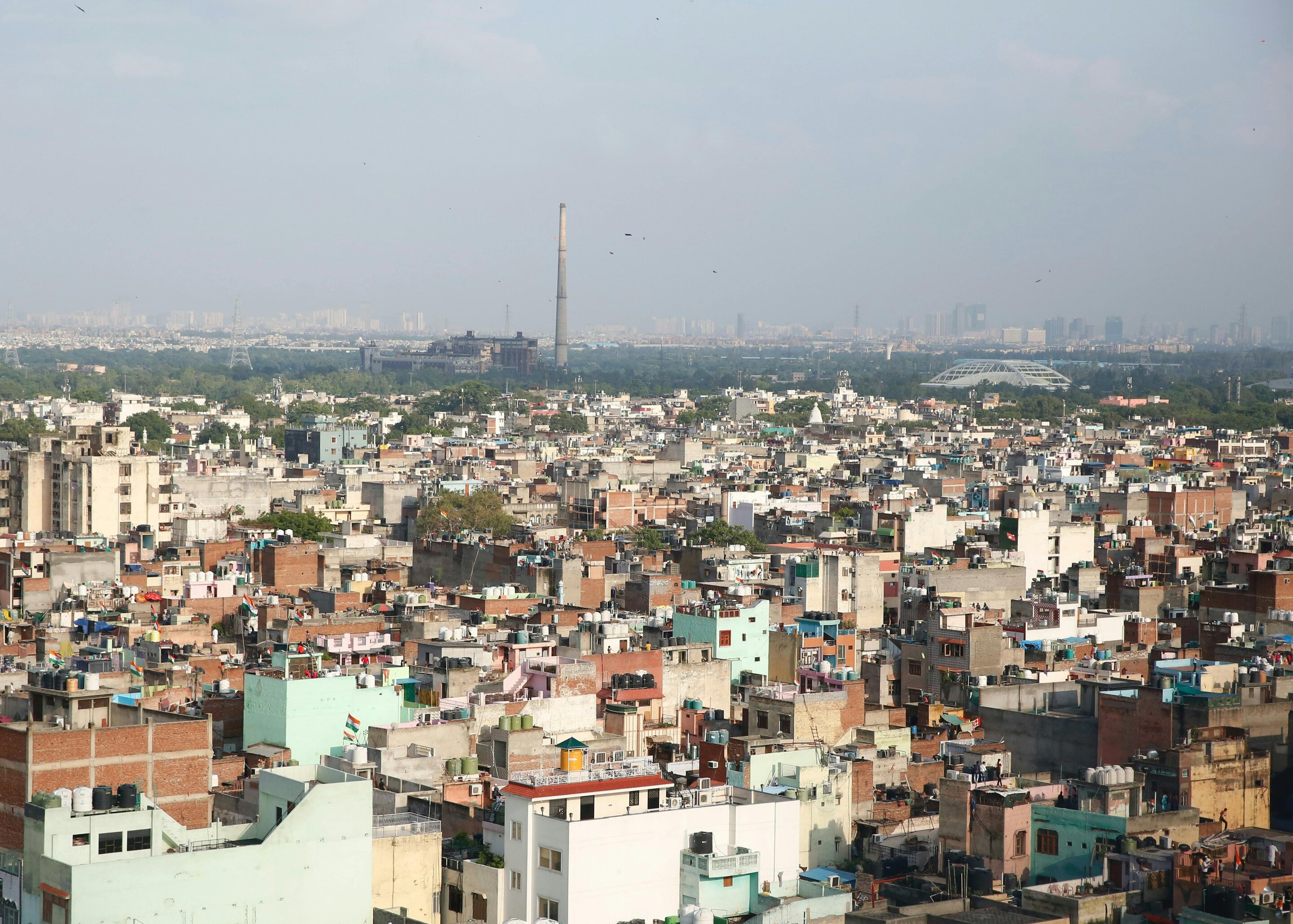An international research team, led by atmospheric scientists at PSI, has identified the specific harmful particulates in the air over northern India for the first time. This groundbreaking study provides crucial information for the Indian government’s National Clean Air Program, aimed at implementing effective measures to combat air pollution.
The study, published in Nature Communications, reveals not only the sources and distribution of particulates but also their oxidative potential, which is key to understanding their impact on human health. Collaborating with experts from India, China, Germany, Denmark, France, Spain, and Switzerland, the researchers shed light on the unique challenges faced by the Indian capital, New Delhi, known for having the highest concentration of particulates globally.
By focusing on the origins of particulate emissions and the health effects of specific compounds, the team highlighted the significant role of incomplete combustion in air pollution. This latest study builds on previous research that uncovered distinct chemical processes in New Delhi’s atmosphere, setting it apart from other major cities.
Lead researchers Imad El Haddad and André Prévôt from PSI’s Laboratory for Atmospheric Chemistry emphasize the importance of understanding the sources and impacts of air pollution to develop effective mitigation strategies. The findings from this study provide valuable insights that can inform policy decisions and public health initiatives in combating air pollution in India.
2024-04-26 09:51:02
Source from phys.org
